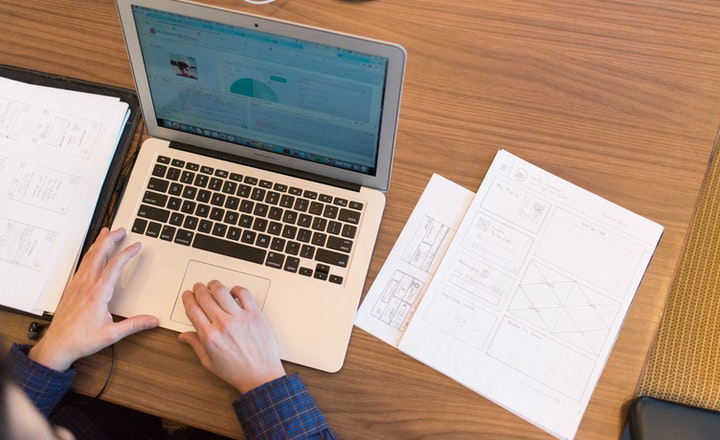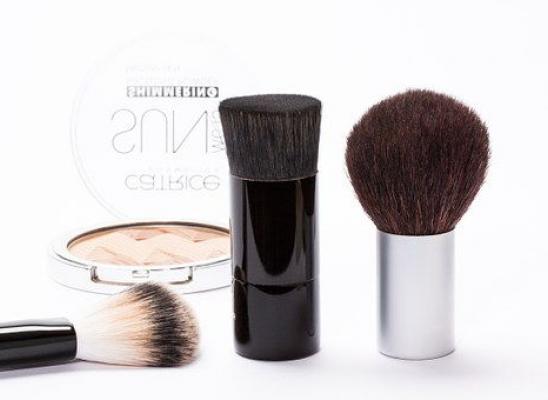Understanding Habit Formation

Online test
Find out the severity of your symptoms with this free online test

While hair pulling is more than just something one might consider a “bad habit”, it does have qualities that are in line with habits and habit formation. It’s not a coincidence that Habit Reversal Training (HRT) is the standard treatment for hair pulling. But have you ever wondered just how habits and hair pulling are connected? What are habits and how do they even start? In this new TrichStop webinar, Dr. Vladimir Miletic takes a closer look at the psychology of habit formation and how introducing competing responses can help reduce hair pulling.
The Anatomy of A Habit
So exactly what are habits? Put simply, habits are automatically triggered behaviors in specific circumstances. They’re not just ways of behaving. They can also be automatic ways of thinking too. You don’t have to intentionally think about doing them or even be completely aware of them. They just happen when triggered. And, habits aren’t inherently good or bad.
Habits serve a purpose. They make us more efficient. Habits form from useful behavior patterns that are conditioned over time. They serve a purpose, but they don’t feel intentional.
Dr. Miletic gives a great example of brushing your teeth. You know the overall process and do it every day, probably without thinking much about it. What you probably don’t do is intentionally execute every single stroke of the brush. Can you imagine how long it would take to brush your teeth doing it that way? Teeth brushing is just something you’ve learned to do over time and it has become an established habit that you practice daily. It started with a specific intention and learned behavior but over time becomes habit.
As he often does, Dr. Miletic turns to Dr. George Kelly and constructivist theory to examine the psychological dynamics of habits and habit formation. Dr. Kelly believed that psychological life takes place of different levels of awareness. Some things we are aware of, some not so much. He viewed habits as being practical. Otherwise, how could you get through your day having to focus on each and every tiny aspect of being? There would be no time for anything else.
So, habits are practical and useful, at least in the beginning. They serve a purpose. Of course, that doesn’t always mean they will remain useful. So what happens when you want to change a habit or make a new one? Well, according to Kelly, you have to create change on the level where the habit exists. You have to address it in a way that the mind and body will understand. Or at least meet it halfway.
Establishing New Habits
Habit formation occurs in stages:
- Initiation
- Learning
- Stability
Initiation
In the initial stage, initiation, two things come into play: intention and motivation. These two aspects form the basis of a new behavior. Intention is the part of what you intend to do. Specifically, what are you doing? Motivation is your why. Why are you making this change? If you’re not clear about what you intend to do and why you’re doing it, you’re likely to drift away very quickly.
Learning
In the learning stage, you’re talking to your body. You’re teaching it what you want it to do. You are engaging in the action in specific ways to increase your skill and comfort in using it. It is here that your time spent planning and being clear about your intention really pays off. If you haven’t planned well or are doing it halfway, chances are you’ll drift away from the goal long before a habit has a chance to develop. Dr. Miletic offers a few tips for encouraging learning of the new behavior:
- Reward your successes – we’re hard on ourselves. Punishment doesn’t work. Reward shows your body where to go.
- Set realistic expectations – establish one new habit at a time.
- Treat your failures like questions – Why did something not work? What could be done differently? Resistance is information.
- Be patient – change takes time.
- Be mindful – stay focused on the present and what you’re experiencing.
Stability
This is where you might ask, “Can I stop now?”
In the final, stability stage, you are consolidating what you’re learning. If you’ve remained motivated and committed, your behavior is starting to take on qualities of a habit. It’s becoming more a part of your overall pattern of being.
Now is not the time to stop. Building a habit takes time, sometimes a very long time. There is no hard and fast time frame for establishing a habit. It’s important to remain mindful of what you’re doing and why.
Pay attention to changes that can get you off track. Dr. Miletic suggests remaining mindful of disruptions and finding ways to work around them. Even if you don’t feel as if you need your reminders that you used while learning, keep them anyway. You never know when a sudden change can get you off track.
Once you have a stable habit in place, you can then stack new habits or even replace one behavior with another. This is how competing responses can be used to replace one response with another.
Dr. Miletic shares the example of competing responses with hair pulling. You might choose to use a squeeze toy or a breathing exercise as your competing response. As you progress and learn more techniques, you can insert another technique between a competing response and the urge to pull because the arc between the urge and the competing response is already established. If you find the new response works better than the old one, you can slowly eliminate the old one. Once your basic habit response is established, you can modify it as you need to. The key is to start with a stable foundational habit.
Subscribe to the trichstop.com newsletter and subscribe to the YouTube channel to receive notifications about the next webinar.
Webinar Link
Online test
Find out the severity of your symptoms with this free online test
Start your journey with TrichStop
Take control of your life and find freedom from hair pulling through professional therapy and evidence-based behavioral techniques.
Start Now




